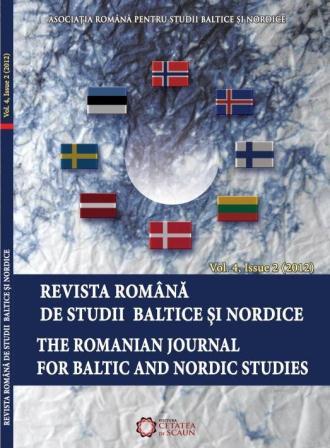The Baltic and the birth of a modern English maritime community: the Muscovy Company and nautical cartography, 1553-1665
The Baltic and the birth of a modern English maritime community: the Muscovy Company and nautical cartography, 1553-1665
Author(s): Alistair MaeerSubject(s): History
Published by: Asociatia Romana pentru Studii Baltice si Nordice
Keywords: Muscovy Company; Charts; England; nautical cartography
Summary/Abstract: English merchants and navigators began developing their skills in the late sixteenth century to reach Baltic shores and in the process birthed a distinct English nautical charting tradition which continued to service and reflect English interests for over a century. Specifically, the efforts of the Muscovy Company and the emergence of a distinct master-apprentice relationship of chart makers within the Drapers’ Company instigated the emergence of a modern maritime community in England replete with the financial structures, ships, and skills necessary to encompass the globe. As a result of various setbacks in the late-sixteenth century, English merchants and mariners shifted from coastal trading ventures to direct long-distance overseas commerce. This transformation was initiated through the efforts of the Muscovy Company and its accompanying introduction of marine charts for navigating distant shores. The introduction and expansion of direct long-distance overseas trade and modern navigational techniques then spurred the creation of a domestic charting industry to service these English navigational needs, the Thames School of English marine charting. Born out of a close association with English commerce to the Baltic, members of the Thames School continued to produce nautical charts of the globe that reflected ever-expanding English interests until the early-eighteenth century. This paper argues that trade to and from the Baltic acted as a proving ground, the venue, within which both the origins of English long-distant overseas trade and nautical cartography emerged—two fundamentally necessary components for the Empire which followed.
Journal: Revista Română de Studii Baltice şi Nordice
- Issue Year: 4/2012
- Issue No: 2
- Page Range: 19-49
- Page Count: 31
- Language: English

